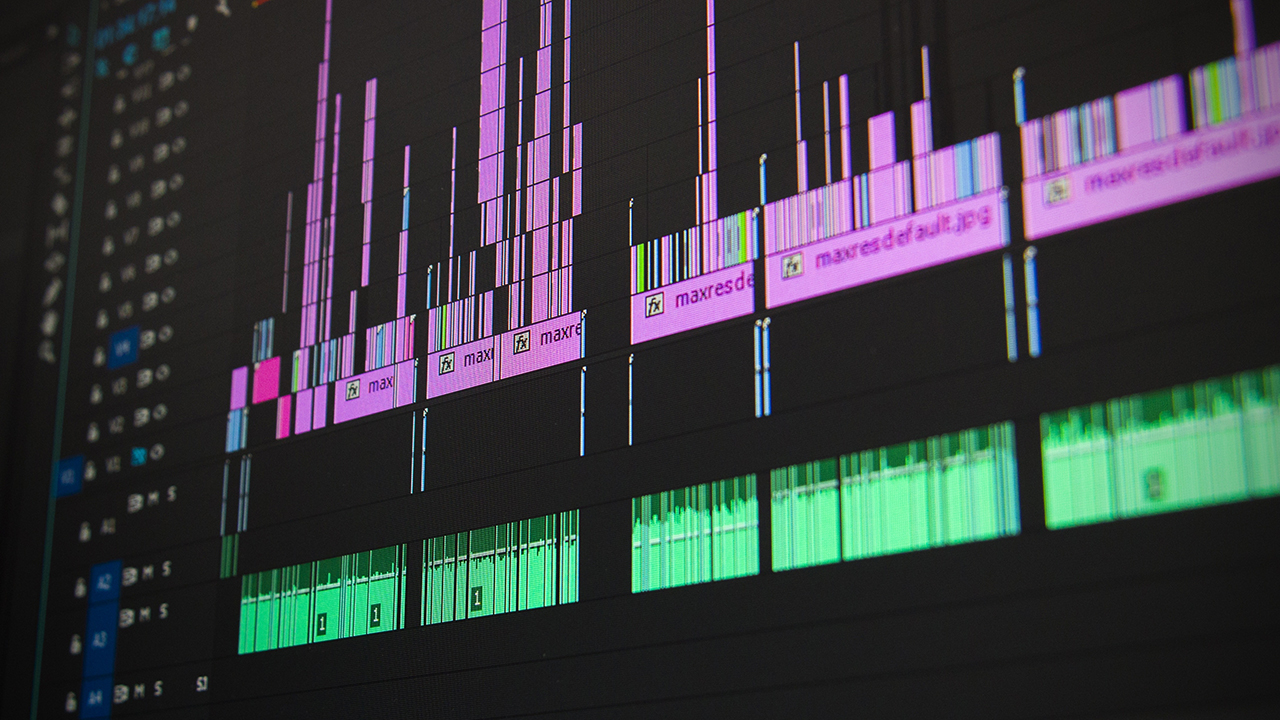Production Hacks for Effective and Impactful Video During COVID-19 and Beyond

COVID-19 is one of the defining issues of our generation. As campaigns, businesses, and organizations struggle to find a voice that connects and speaks clearly in this moment, one key communication tool is also undergoing necessary change: video.
Since March, ambitious field productions have been off limits. At least 170,000 film and TV freelancers lost their jobs. Even as locations reopen, it won’t be business as usual, with crews easily hopping on planes, trains, and rental cars. In Georgia, the first state to resume production, social distancing guidelines required the use of “camera tricks” to make actors appear closer than they were while filming. The strategies we’ve adopted to overcome production challenges will continue for the foreseeable future.
But there is a silver lining: we’ve found that some of these changes actually helped to create more effective and compelling content. As we plan for the rest of the year and beyond, here are some of the remote production hacks we’re likely to keep.
The Home Studio Can Be More Than Just Option B
As new projects came up, our team was forced to think beyond “Option A” of filming on location and set up home studios to continue producing high-quality content. While some projects will absolutely benefit from a return to traditional filming, we’ve found that speed of production — from idea to creation in a matter of moments — has added a “sticky” element to our creative content.
For example, we worked with the Service Employees International Union to produce a video about how people can vote by mail. Typically, we’d shoot a live action video featuring actors or real voters engaging in the steps. Instead, we created a stop-motion animated project filmed at our producer’s home
The end result was a fun and visually interesting video that got our message across in a captivating way. We ultimately integrated the video into an ad campaign to reach and mobilize millions of voters in key battleground states.
Zoom Works for Produced Videos, Too
One of the more interesting ways we found to tell client stories during COVID-19 is the Zoom interview. While many of us suffer from Zoom fatigue, the platform is still great for capturing footage through the voices of an organization or candidate. In the past, the pixelated videos never would have made the cut, but audiences are now familiar with meeting new characters over videoconference and relate to a strong story told in this format.
As part of our work for Humana, we featured the story of one of their members, Jane, who relied on at-home caregivers while recovering from a lung transplant. Since we couldn’t visit Jane in person, we pivoted to a virtual check-in. Using Zoom, we were able to connect with Jane in a more informal, personal way, allowing her to open up more about her medical care and experience. And, we were able to finish the video in one afternoon.
If a Zoom interview is the best way to get a key voice in front of the camera to get your message out now, don’t write it off. Audiences will embrace the at-home feel if it helps them connect with the people and message.
Stock Imagery Can Come to Life with Creative Montage Techniques
Often when we produce video for clients, we stick to a single production style, whether that’s direct-to-camera, archival footage, animation, or live action. With stock imagery becoming ubiquitous during lockdowns and limited traditional production options, we’ve taken a new approach to keep our content fresh: the creative montage.
Working with GiveDirectly to launch a new COVID-aid initiative, we needed to produce an eye-catching, gripping video. To achieve that, we mixed stock imagery with newsy images, cinematic imagery, motion graphics, and iPhone videos. Each style helped convey different feelings to tell a complex story. And it worked — the video drove engagement that’s led to nearly $100K in donations.
While we look forward to getting back to film shoots on location — and to updated stock libraries — this approach of mixing techniques will remain in our inventory.
We’ve all been wondering how COVID-19 will shape our lives moving forward. And while audience preferences will dictate many production decisions, it’s clear they’re demanding information be relayed clearly and simply, and that’s not changing anytime soon. As we come out of quarantine, Precision’s expanded production toolkit and deeper understanding of shifting audience behavior will inform our approach for lifting stories and engaging viewers.